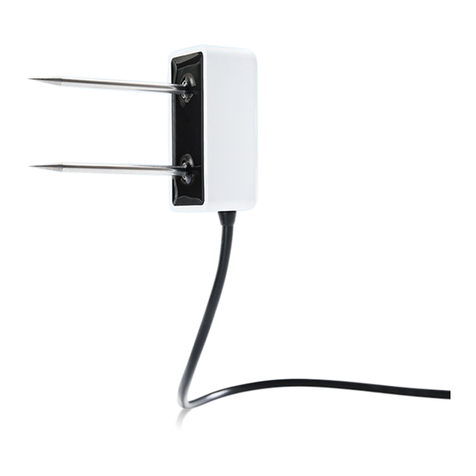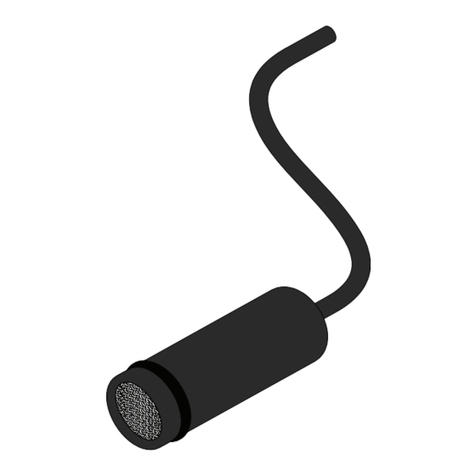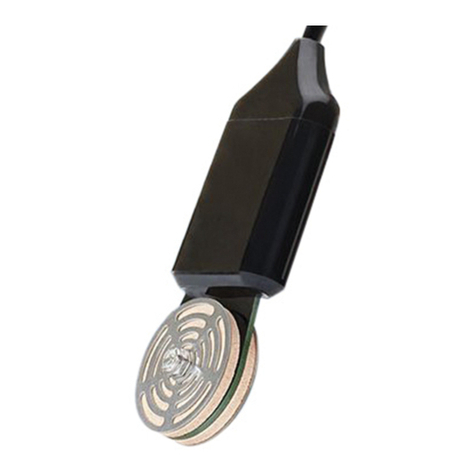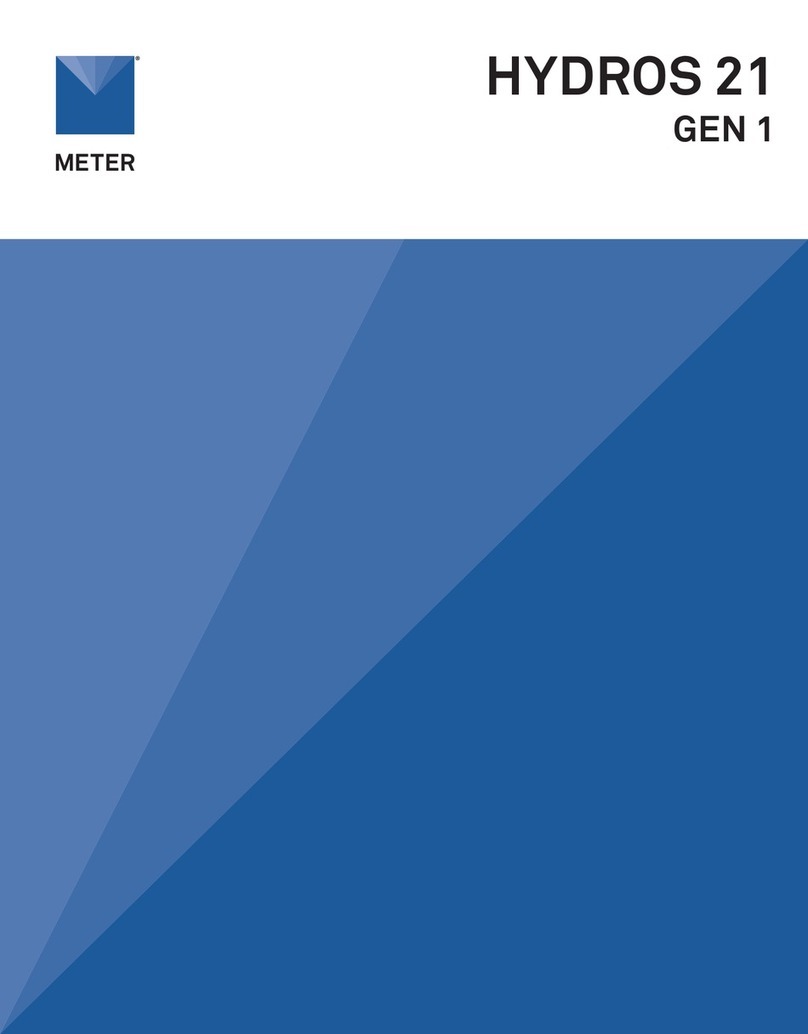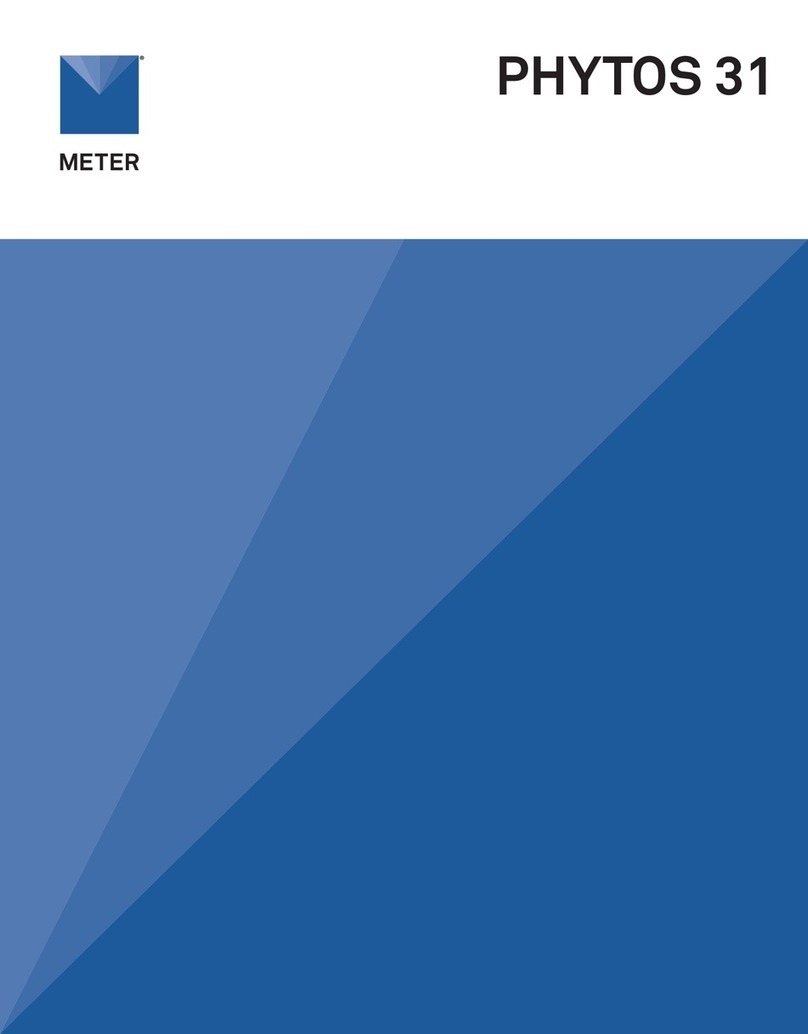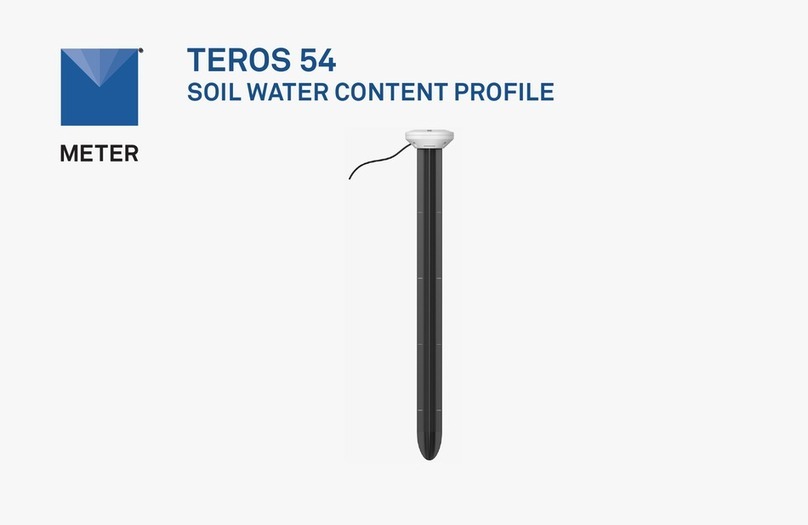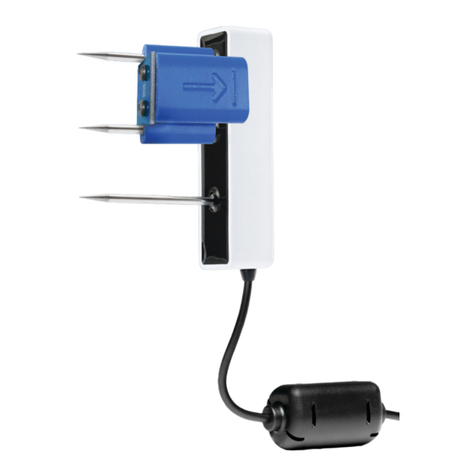
i
TABLE OF CONTENTS
1. Introduction..............................................................................................1
2. Operation ...................................................................................................2
2.1 Installation ................................................................................................2
2.2 Connecting................................................................................................. 6
2.2.1 Connect to METER Logger.................................................................6
2.2.2 Connect to Non-METER Logger.........................................................7
2.3 Communication .........................................................................................8
3. System....................................................................................................... 10
3.1 Specifications.......................................................................................... 10
3.2 Components ............................................................................................ 13
3.3 Theory...................................................................................................... 15
3.3.1 Volumetric Water Content .............................................................. 15
3.3.2 Temperature ................................................................................... 15
3.3.3 Electrical Conductivity (TEROS 12 Only) ......................................... 15
3.3.4 Converting Bulk EC to Pore EC (TEROS 12 Only).............................. 15
3.3.5 Pore Water Versus Saturation Extract EC (TEROS 12 Only) ............. 16
4. Service....................................................................................................... 18
4.1 Calibrations ............................................................................................. 18
4.1.1 Mineral Soils................................................................................... 18
4.1.2 Soilless Media ................................................................................ 18
4.1.3 Apparent Dielectric Permittivity..................................................... 19
18225-02
2.15.2019
